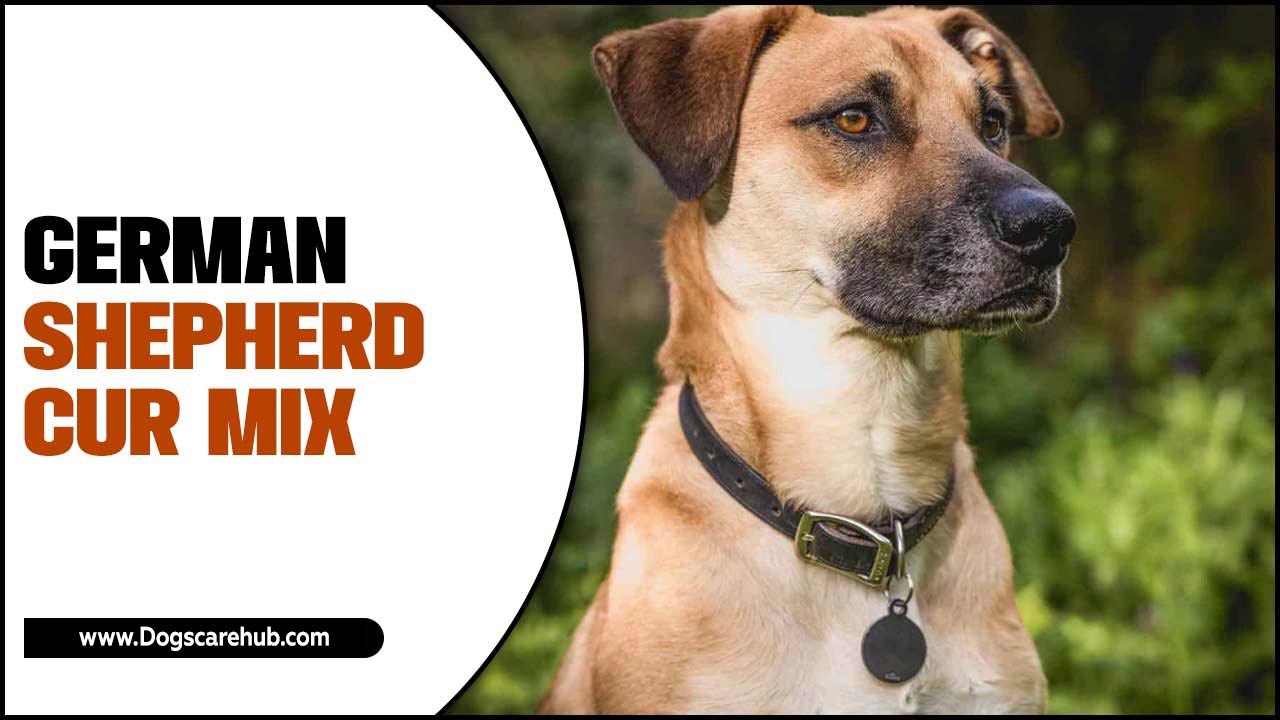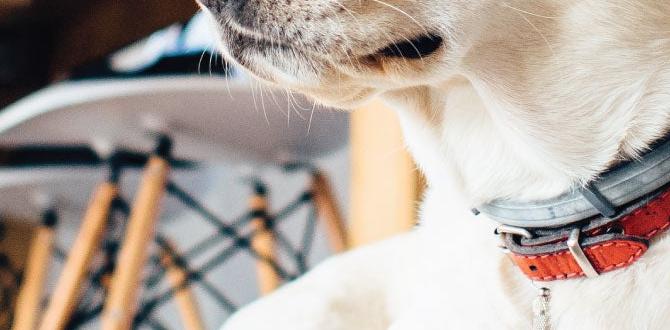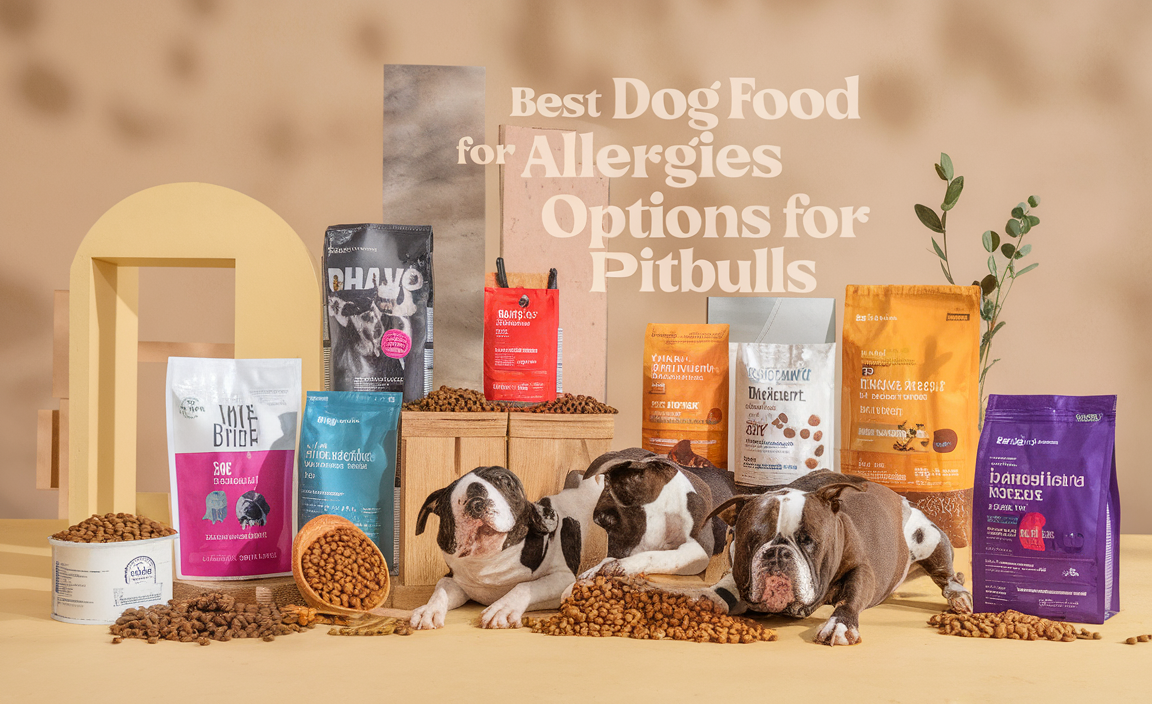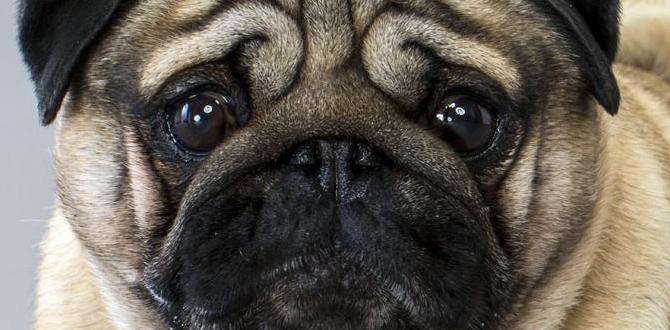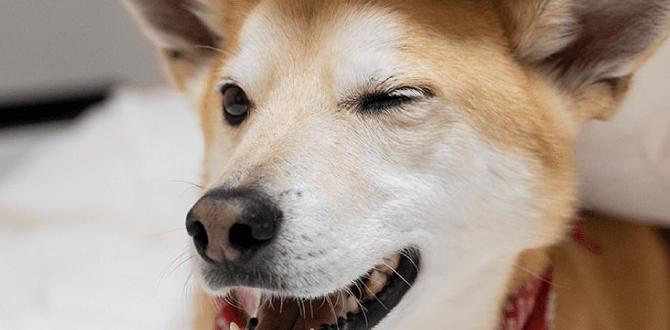Have you ever wondered how to teach a puppy good habits? Puppies are playful and curious. They love exploring, but they also need guidance. Training a puppy might seem hard, but it can be fun! If you teach puppy training behavior naturally, you’ll have a happy and well-behaved friend. Let’s discover some easy tips to start training your puppy today.
Key Takeaways
- Start training your puppy early for best results.
- Use gentle methods to teach good behavior.
- Rewards encourage puppy training behavior naturally.
- Consistency is key in puppy training.
- Patience and love make training fun.
Understanding Puppy Behavior
Puppies are like little sponges, soaking up everything around them. They learn from their environment and the people they interact with. Puppies are naturally curious and love to explore their surroundings. They will sniff, chew, and bark to learn about the world. Understanding your puppy’s behavior helps you teach them better. Puppies have short attention spans, so keep training sessions brief. Short, fun sessions make learning enjoyable for both you and your puppy.
- Puppies are naturally curious.
- They learn by exploring.
- Short attention spans need quick sessions.
- Positive reinforcement works best.
- Puppies love praise and treats.
- Keep training fun and light.
- Consistency helps puppies learn faster.
Each puppy is unique, but many share common traits. Knowing these traits helps you anticipate your puppy’s actions. When you know what to expect, you can guide them better. If your puppy loves to chew, provide them with safe toys. This helps them avoid chewing things they shouldn’t. By guiding their natural behavior, you teach them what’s right.
Fun Fact or Stats : Puppies sleep 12 to 16 hours a day. It’s when they grow!
Why Do Puppies Chew?
Have you ever found your shoe with tiny teeth marks? Puppies love to chew! Chewing helps them explore new things. It also helps with teething. When puppies chew, they relieve pain from growing teeth. Chewing is natural for puppies, so give them safe toys. If you catch them chewing something wrong, trade it for a toy. Praise them when they chew the right things. They will learn what’s okay to chew.
Why Do Puppies Bark?
Barking is a puppy’s way of talking. They bark when they’re excited, scared, or want attention. Sometimes, they bark just because they’re curious! To manage barking, understand why they’re barking. If they bark at strangers, teach them to greet politely. If they bark from boredom, give them something fun to do. Training helps reduce unwanted barking. Show them when it’s okay to bark and when it’s not.
How Do Puppies Learn?
Puppies learn through repetition and rewards. They respond well to positive reinforcement. When they do something right, reward them with a treat or praise. This makes them want to repeat the behavior. Be patient and consistent with your training. Puppies need time to learn new things. Make training a game, and your puppy will love it. Remember, puppies want to please you, so they try hard to learn.
Teaching Basic Commands
Teaching your puppy basic commands is important. It helps keep them safe and well-behaved. Start with simple commands like “sit,” “stay,” and “come.” Use treats and praise to encourage them. When your puppy obeys, give them a small treat and lots of love. Practice commands in different environments. This helps your puppy listen to you anywhere. Stay patient, and don’t forget to have fun!
- Start with basic commands.
- Use treats for encouragement.
- Practice in different places.
- Keep sessions short and fun.
- Be consistent with commands.
- Use a happy voice.
- Reward correct responses.
Commands help puppies understand what you want them to do. They create a bond between you and your puppy. When your puppy learns commands, they feel more confident. Confidence helps them interact better with the world. Always use the same words for each command to avoid confusion. Your puppy will learn faster and be a happier companion.
Fun Fact or Stats : Did you know dogs can understand up to 165 words?
Learning “Sit” and “Stay”
Teaching “sit” is a great starting point. Hold a treat above your puppy’s head. Slowly move it back. Your puppy’s bottom will touch the ground naturally. Say “sit” and give them a treat. Practice this until they sit on command. For “stay,” start with your puppy in a sitting position. Tell them “stay” and step back. If they stay, reward them. Gradually increase the distance over time. Be patient and practice often.
Mastering “Come”
“Come” is an important command for safety. Start in a quiet room. Show your puppy a treat and say “come.” When they come, reward them. Practice this with increasing distance. Always use a happy tone. Never scold your puppy when they come to you, even if they were naughty. This ensures they always feel safe coming back to you. With time, they’ll respond eagerly to “come.”
Using Commands in Daily Life
Incorporate commands into daily life. Ask your puppy to “sit” before meals or playtime. Use “stay” when you need them to wait. This regular practice reinforces their training. It also keeps their mind active. Change the location and distractions to challenge them. This builds their confidence in following commands anytime, anywhere. Positive experiences with commands lead to a well-behaved puppy.
The Importance of Socialization
Socialization is key for a well-rounded puppy. It helps them feel comfortable around other animals and people. Expose your puppy to different environments, sounds, and experiences. This helps them grow into confident dogs. Take them to parks, pet stores, and friends’ houses. Let them meet other puppies and friendly dogs. They learn important social skills through play. A well-socialized puppy is less likely to be afraid or aggressive.
- Introduce your puppy to new places.
- Meet different animals.
- Encourage positive interactions.
- Expose them to various sounds.
- Supervise play with other dogs.
- Visit friends and family.
- Practice during different times of day.
Socialization helps puppies understand the world around them. It prevents fear and aggression later in life. Make each new experience positive and fun. Always supervise your puppy when they meet new friends. Keep experiences short and sweet. Gradually increase exposure as your puppy becomes more confident. This will help them develop into a happy and friendly adult dog.
Fun Fact or Stats : Puppies can start socialization as early as three weeks old.
Understanding Puppy Play
Playtime is essential for puppies. It teaches them social skills and how to interact with others. Playing with other puppies helps them learn bite inhibition. This means they learn not to bite too hard. Offer a variety of toys for different play styles. Some puppies love to chase, while others like to tug. Always supervise puppy play to ensure it stays safe and friendly. Encourage gentle play and praise good behavior.
Meeting New People
Introducing puppies to new people is important. Start with calm, friendly individuals. Allow your puppy to approach them at their own pace. Encourage guests to offer treats and speak softly. This builds a positive association with meeting new people. Expose your puppy to people of all ages and appearances. This helps them grow into a well-adjusted adult dog. Keep experiences positive and relaxed.
Exploring New Environments
Taking your puppy to different places is a great way to socialize. Visit parks, beaches, and pet-friendly stores. Let your puppy explore new sights and smells. Start with quiet places and gradually move to busier areas. Short trips are best at first. As your puppy grows more confident, extend the duration and variety of outings. New environments help puppies adapt to changes. They learn to be calm and curious in different settings.
Positive Reinforcement Techniques
Positive reinforcement is a powerful tool in puppy training. Reward your puppy when they do something right. Use treats, praise, or play as rewards. Puppies learn faster when they know they will get something good. Be consistent with rewards to reinforce good behavior. Negative methods, like scolding, can confuse puppies. Focus on praising the right actions instead. This builds a loving and trusting bond between you and your puppy.
- Reward good behavior with treats.
- Use praise to encourage learning.
- Be consistent with rewards.
- Avoid negative methods.
- Focus on positive actions.
- Build trust through rewards.
- Use play as a reward.
Positive reinforcement makes training fun for both you and your puppy. It encourages them to try new things and learn quickly. When you focus on the positive, your puppy feels loved and secure. This strengthens your bond and leads to a well-behaved pet. Keep rewards small, so your puppy doesn’t get full quickly. Change rewards to keep your puppy interested. This keeps training exciting and effective.
Fun Fact or Stats : Studies show positive training methods are more effective than negative ones.
Choosing the Right Rewards
Picking the right reward is important in training. Some puppies love treats, while others prefer toys. Observe what your puppy likes the most. Use a mix of treats, toys, and praise to keep them motivated. Move to praise more as your puppy learns. This helps them rely less on treats. Keep rewards handy during training sessions. Reward immediately after the correct action to reinforce the behavior.
Timing is Everything
Timing is crucial in reinforcing the right behavior. Reward your puppy immediately after they do something good. This helps them connect the action with the reward. If you wait too long, they may not understand why they are being rewarded. Consistent timing helps your puppy learn faster. Practice makes perfect, so keep training sessions regular and fun. Remember, positive reinforcement creates happy, eager learners.
When to Phase Out Treats
As your puppy learns, gradually phase out treats. Begin by rewarding every other correct action. Over time, increase the number of actions before offering a treat. Replace treats with praise or a favorite toy. This transition helps your puppy respond to commands without expecting a treat every time. They will learn to enjoy the praise and attention just as much as treats. Keep training fun and rewarding.
Consistency and Routine
Consistency and routine are vital in puppy training. Puppies learn best when they know what to expect. A regular schedule helps them feel secure and understand your expectations. Set specific times for meals, potty breaks, and training sessions. Use the same words and gestures for commands. This consistency helps your puppy learn quickly. They know what comes next and feel confident. Create a routine that fits your lifestyle and stick to it.
- Set a regular schedule.
- Use consistent commands.
- Be patient with your puppy.
- Create a predictable environment.
- Stick to mealtime routines.
- Keep training sessions consistent.
- Help your puppy feel secure.
A consistent routine benefits both you and your puppy. It helps manage expectations and reduces stress. Puppies thrive on routine and predictability. When they know what’s coming next, they feel at ease. This makes training smoother and more enjoyable. Adjust routines as your puppy grows and their needs change. Keep it flexible but consistent. Your puppy will become a well-adjusted member of the family.
Fun Fact or Stats : Dogs can develop routines after just a few weeks.
Creating a Daily Schedule
A daily schedule helps your puppy predict what happens next. Start with regular feeding times. Follow up with potty breaks and playtime. Consistent schedules prevent accidents and misbehavior. After meals, take your puppy outside for a potty break. Use the same words each time, like “go potty.” This helps them understand what to do. Regular routines lead to happy, well-adjusted puppies.
Consistency in Commands
Using consistent commands is key to effective training. Choose simple words for each command, like “sit” or “down.” Stick to them every time. Consistency helps puppies connect words with actions. Avoid changing commands or using different gestures. This confuses puppies and slows learning. Practice commands daily to reinforce them. A consistent approach helps your puppy become a quick learner.
Helping Your Puppy Adjust
Puppies need time to adjust to new routines. Be patient as they learn and grow. Start with a simple routine and gradually add new elements. Observe your puppy’s behavior and make adjustments as needed. Consistent routines help them feel secure and confident. They know what to expect and become less anxious. A steady routine leads to a happy, well-behaved puppy.
Conclusion
Puppy training can be a joyful experience when done right. By using positive reinforcement and understanding your puppy’s needs, you encourage puppy training behavior naturally. Consistency, routine, and love create a strong bond. Your puppy will grow into a happy, well-behaved dog. Remember to keep training fun and rewarding for both of you. Enjoy the journey with your furry friend!
FAQs
Question: How do I start training my puppy?
Answer: Begin with simple commands like “sit” and “stay.” Use treats and praise to encourage your puppy. Keep sessions short and fun. Consistency is key to teaching puppy training behavior naturally. Be patient and practice daily for best results.
Question: Why is socialization important for puppies?
Answer: Socialization helps puppies become well-rounded adult dogs. It teaches them how to interact with other animals and people. Expose your puppy to various environments, sounds, and experiences. This builds confidence and reduces fear or aggression later in life.
Question: What are some positive reinforcement techniques?
Answer: Use treats, praise, and toys to reward good behavior. Positive reinforcement encourages puppies to repeat actions. Avoid negative methods like scolding. Focus on praising the correct behavior to build a strong bond with your puppy. This helps them learn quickly and happily.
Question: How can I make training sessions effective?
Answer: Keep sessions short and engaging. Use consistent commands and rewards. Practice in different environments to reinforce learning. Stay patient and make sure your puppy enjoys the process. Consistency and routine make training sessions more effective.
Question: How do I handle unwanted puppy behavior?
Answer: Redirect unwanted behavior to something positive. If your puppy chews shoes, offer a chew toy instead. Praise them when they choose the toy. Consistent redirection helps puppies learn appropriate actions. Avoid punishment, as it can confuse them.
Question: What should I do if my puppy doesn’t respond to commands?
Answer: Be patient and consistent. Try changing the reward or practicing in a quieter environment. If your puppy is distracted, gently refocus their attention. Praise any small progress to build confidence. Keep reinforcing training behavior naturally for better results.
Meet Elyse Colburn, the devoted canine companion and storyteller behind the enchanting world of “Tales, Tails, and Adventures Unleashed.” A passionate dog enthusiast with a heart full of paw prints, Elyse Colburn shares heartwarming tales and insightful adventures, celebrating the joy, loyalty, and endless antics that make every dog a true hero. Join Elyse Colburn on this tail-wagging journey, where every post is a love letter to our four-legged friends.

